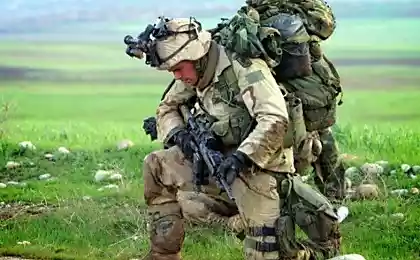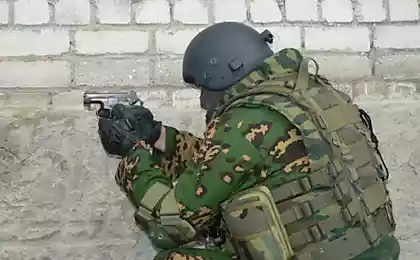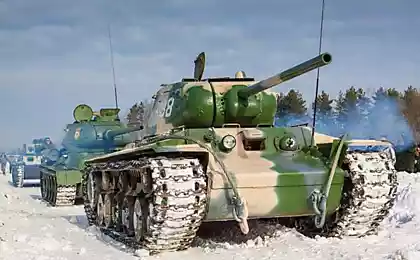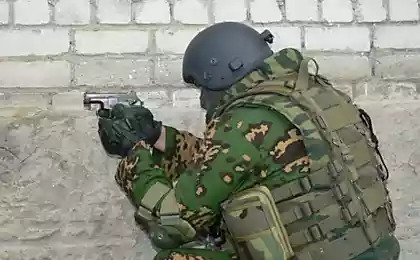1526
Military equipment
Museum of military equipment in Houston was founded in 1992 and since then has collected a lot of interesting exhibits of different eras. At the moment, the museum is about 60 copies of a fully restored cars and various military vehicles, which regularly participate in a small military parade taking place on the US Independence Day.

According to the museum, I walked a very long time, accompanied by a retired US Army officer, who told me a lot of interesting stories and tales of the army. Something I remember from art, but something is not, so to sign will not all photos, as I not particularly versed in military transport. The museum has a good collection of military uniforms like the US Army and the armies of other states. German Form model 1942

I will make a digression. Money for the existence of isolated local military museum, but the museum exists solely due to the voluntary work of people (volunteers). The majority of workers - a military pensioners, but apart from them in the museum is actively working teenagers, helping to restore and repair the machine. Great lesson for schoolchildren, at the same time you can ride on a tank or a Hummer.

Room evolutionary form of the US Army. Evolution shows from left to right.
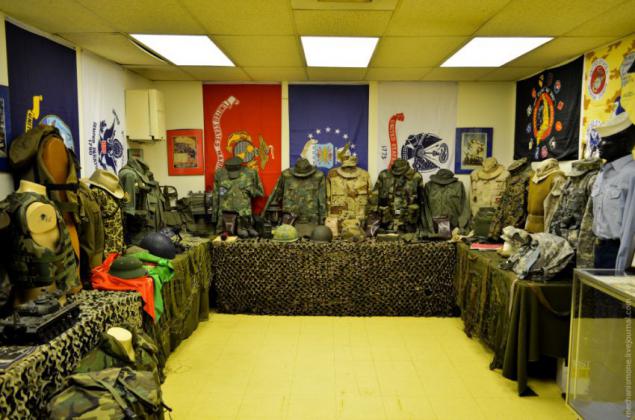
The modern form.

Jeep M38A1. This is the post-war version, which was used in the army from 1951 to 1971.
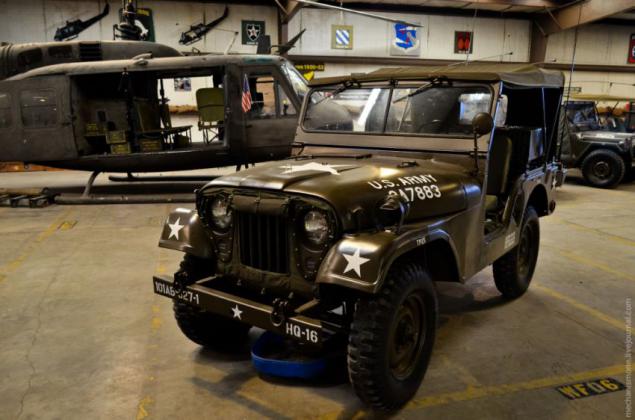
Inside the no frills, but the "chair" is very comfortable, after a ride on the "military road" soft spot will not hurt.

Another three different versions of the Jeep. Outwardly they differ in design and this is due to the fact that they produced a number of different manufacturers. Two jeeps left side - modification M151.
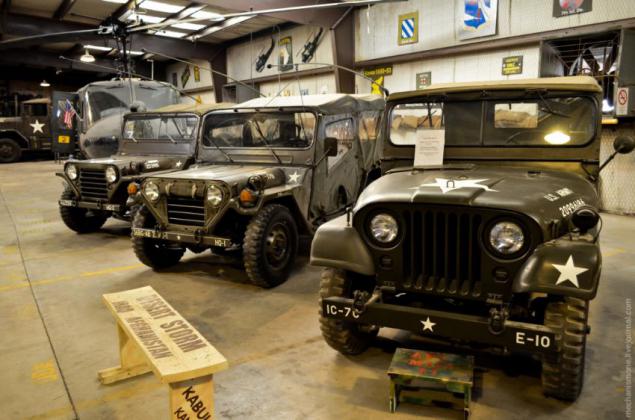
Ambulance, Kaizer Jeep M725.

By the way, during Hurricane Ike, which slightly injured Houston, and much was destroyed by the neighboring city of Galveston, many of these vehicles were involved in helping local residents, carrying water and food for the areas flooded by Hurricane. Jeep M715.

The legendary Humvee, it is one of the earliest versions of the M998A1.
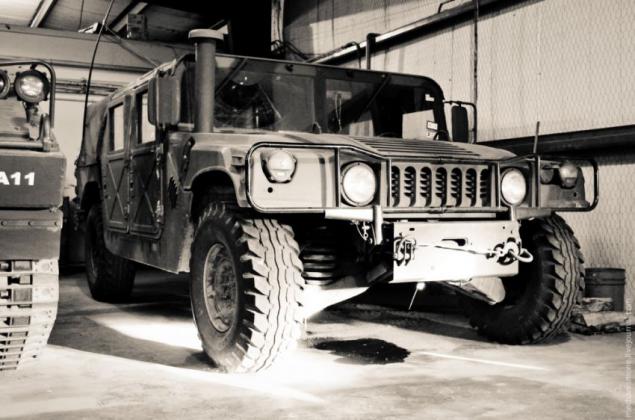
M114 or aluminum cans. Despite the relatively large size of the conveyor body is made of aluminum alloy, which makes the amphibian is very easy, but vulnerable to anti-tank forces. In this modification is 20 mm gun, the recoil of which was so strong that the automatic fire BMP "slipped" back on the tracks. However, this model cannon was unsuccessful because its wedge in the shooting, after about two hundred shots, and the military were unhappy with this gun.
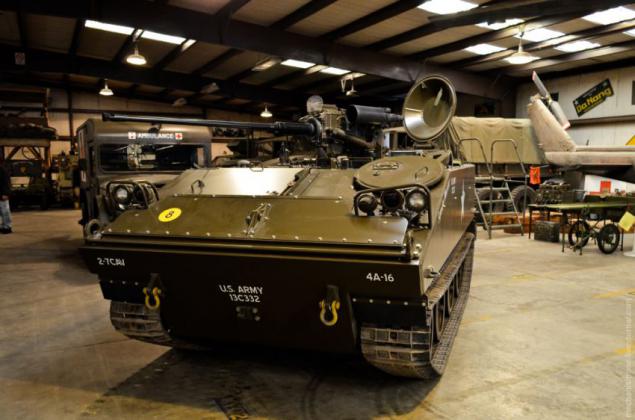
Various modifications to the basic M113.
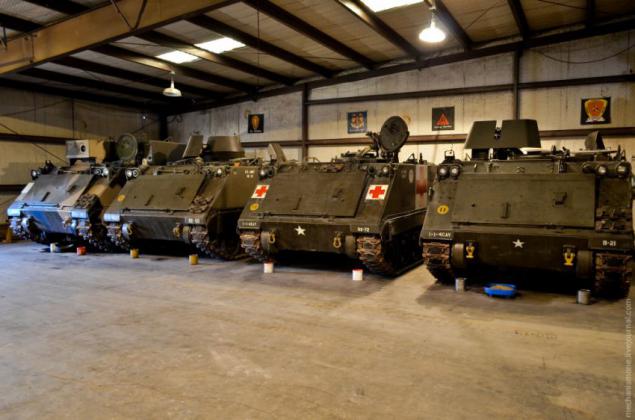
M113.

Helicopter Bell UH-1H. Perhaps he is one of the most famous helicopter in the history of the US Air Force. The main participant of the "helicopter war" in Vietnam.
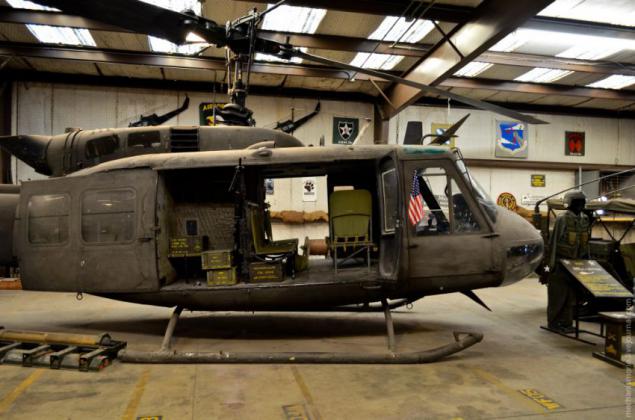
M35A2. Truck 2.5 tons. Despite his advanced age, they produced since 1951 is still in use by the military, in the back of course. A very original truck turned. In addition to the military, these trucks use the fire brigade and fuel tankers on the ground.

This GMC 353 CCKW, truck built in 1942, found it in a swamp, then a few years subscribed to it parts from the factory, collecting money from donations, as production of spare parts was expensive. Last year, finally it is fully assembled and started the engine. Now it is the local domain.
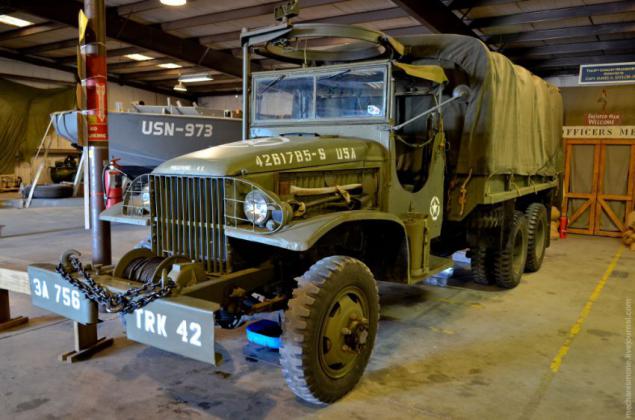
Inside, just like the Maybach.

An old M60. By the way, despite the postscript to the museum with him and we have not removed the guidance system, so that you can shoot.

Modern tanks "Abrams" just above his running tracks.

On the margins of the museum is worth a lot of different techniques. Some of them will be restored for display in the museum, another part to disassemble parts exhibits recoverable.

Workshop and restored the next exhibit.
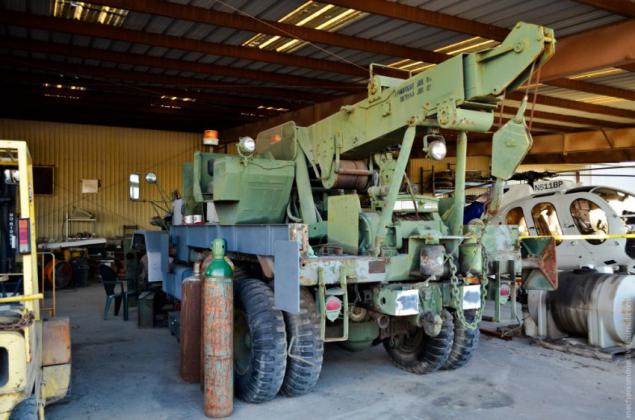
Recently neighboring military base gave the museum just two decommissioned transporter Oshkosh HET. I have long wanted to see them. Temporarily they were put in the museum courtyard, as Nobody knows what to do with these thugs.
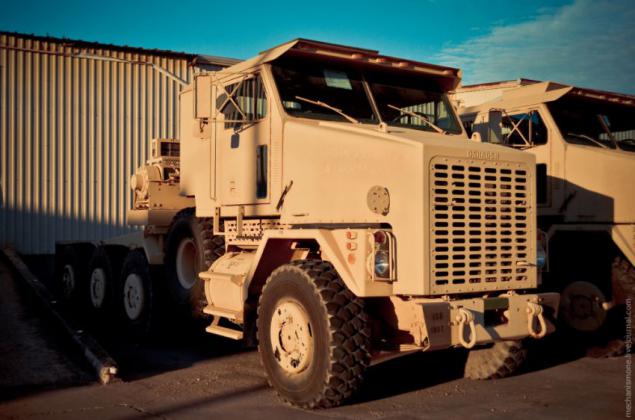
The maximum weight of the train - 90 tons, but also fuel consumption cheerful, about 110 liters per 100 kilometers.

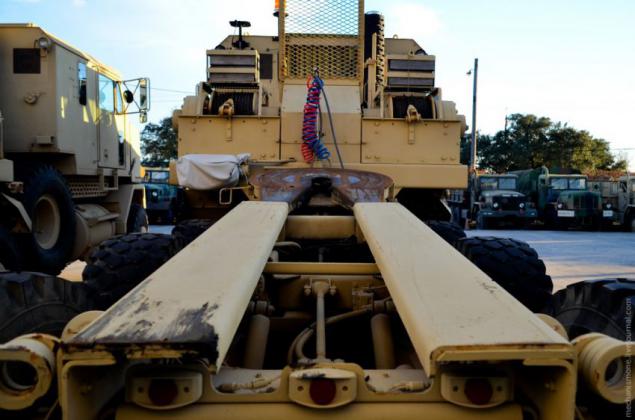
Source: mechanismone.livejournal.com

According to the museum, I walked a very long time, accompanied by a retired US Army officer, who told me a lot of interesting stories and tales of the army. Something I remember from art, but something is not, so to sign will not all photos, as I not particularly versed in military transport. The museum has a good collection of military uniforms like the US Army and the armies of other states. German Form model 1942

I will make a digression. Money for the existence of isolated local military museum, but the museum exists solely due to the voluntary work of people (volunteers). The majority of workers - a military pensioners, but apart from them in the museum is actively working teenagers, helping to restore and repair the machine. Great lesson for schoolchildren, at the same time you can ride on a tank or a Hummer.

Room evolutionary form of the US Army. Evolution shows from left to right.

The modern form.

Jeep M38A1. This is the post-war version, which was used in the army from 1951 to 1971.

Inside the no frills, but the "chair" is very comfortable, after a ride on the "military road" soft spot will not hurt.

Another three different versions of the Jeep. Outwardly they differ in design and this is due to the fact that they produced a number of different manufacturers. Two jeeps left side - modification M151.

Ambulance, Kaizer Jeep M725.

By the way, during Hurricane Ike, which slightly injured Houston, and much was destroyed by the neighboring city of Galveston, many of these vehicles were involved in helping local residents, carrying water and food for the areas flooded by Hurricane. Jeep M715.

The legendary Humvee, it is one of the earliest versions of the M998A1.

M114 or aluminum cans. Despite the relatively large size of the conveyor body is made of aluminum alloy, which makes the amphibian is very easy, but vulnerable to anti-tank forces. In this modification is 20 mm gun, the recoil of which was so strong that the automatic fire BMP "slipped" back on the tracks. However, this model cannon was unsuccessful because its wedge in the shooting, after about two hundred shots, and the military were unhappy with this gun.

Various modifications to the basic M113.

M113.

Helicopter Bell UH-1H. Perhaps he is one of the most famous helicopter in the history of the US Air Force. The main participant of the "helicopter war" in Vietnam.

M35A2. Truck 2.5 tons. Despite his advanced age, they produced since 1951 is still in use by the military, in the back of course. A very original truck turned. In addition to the military, these trucks use the fire brigade and fuel tankers on the ground.

This GMC 353 CCKW, truck built in 1942, found it in a swamp, then a few years subscribed to it parts from the factory, collecting money from donations, as production of spare parts was expensive. Last year, finally it is fully assembled and started the engine. Now it is the local domain.

Inside, just like the Maybach.

An old M60. By the way, despite the postscript to the museum with him and we have not removed the guidance system, so that you can shoot.

Modern tanks "Abrams" just above his running tracks.

On the margins of the museum is worth a lot of different techniques. Some of them will be restored for display in the museum, another part to disassemble parts exhibits recoverable.

Workshop and restored the next exhibit.

Recently neighboring military base gave the museum just two decommissioned transporter Oshkosh HET. I have long wanted to see them. Temporarily they were put in the museum courtyard, as Nobody knows what to do with these thugs.

The maximum weight of the train - 90 tons, but also fuel consumption cheerful, about 110 liters per 100 kilometers.


Source: mechanismone.livejournal.com






